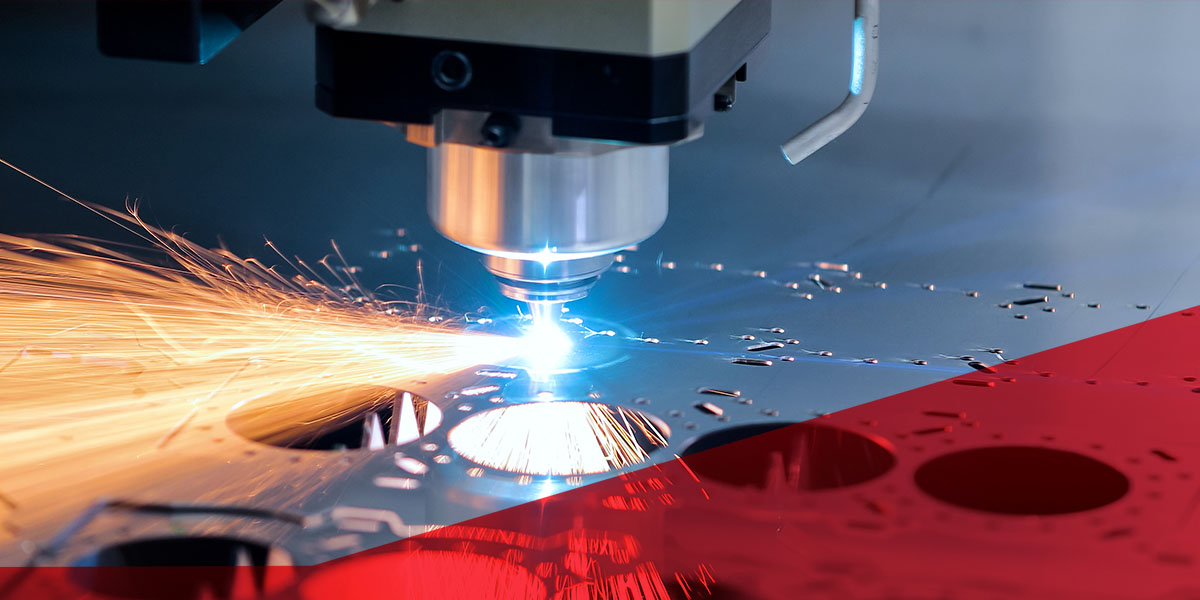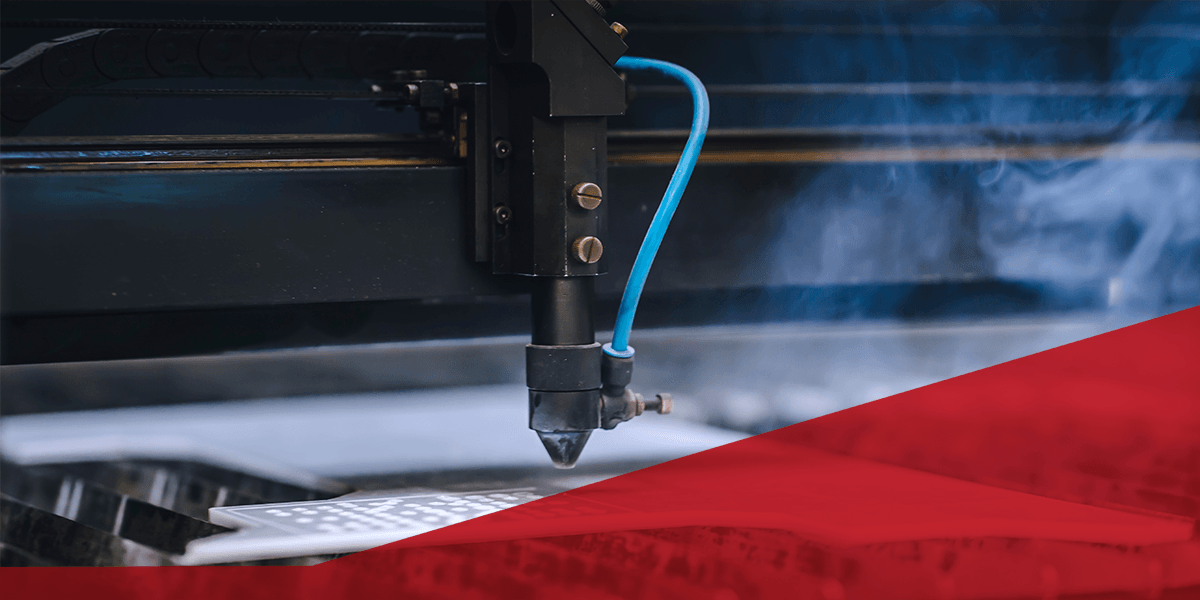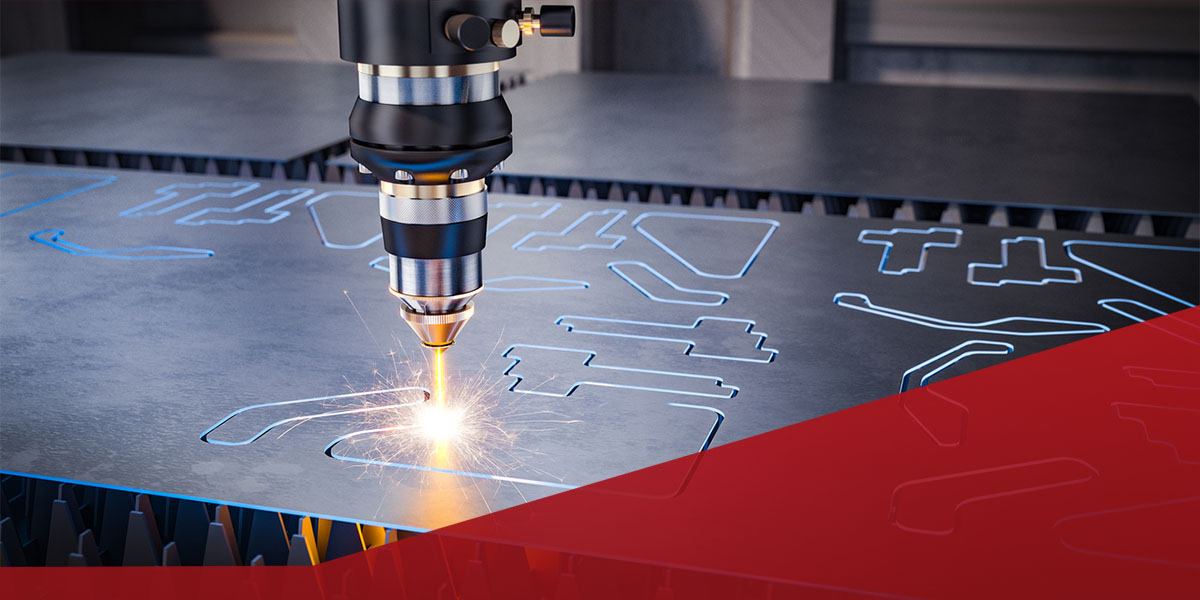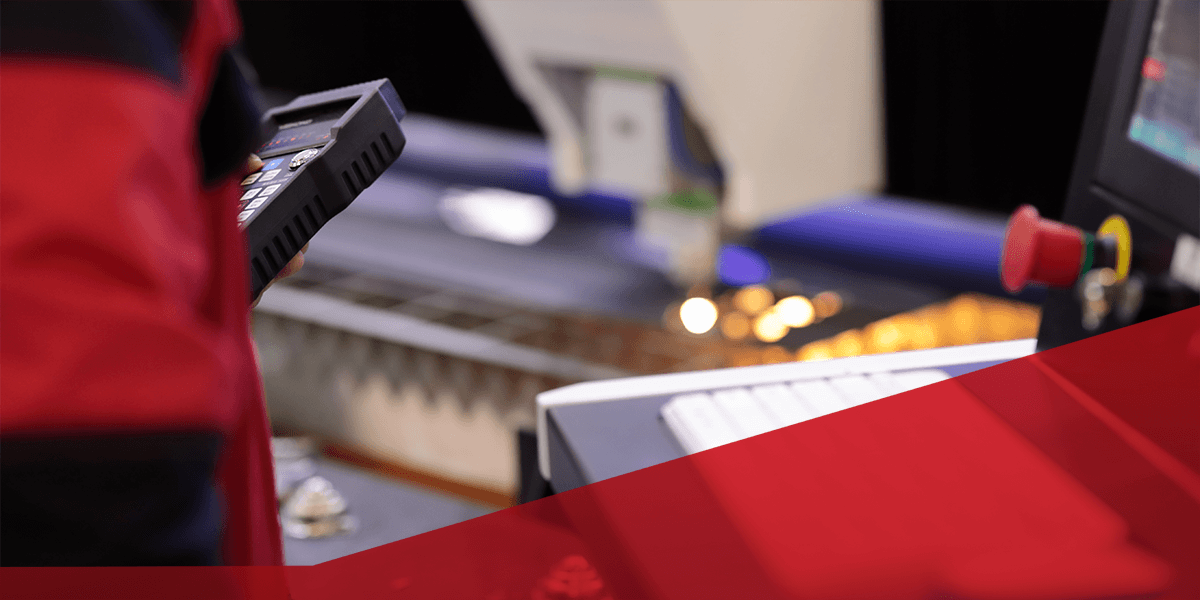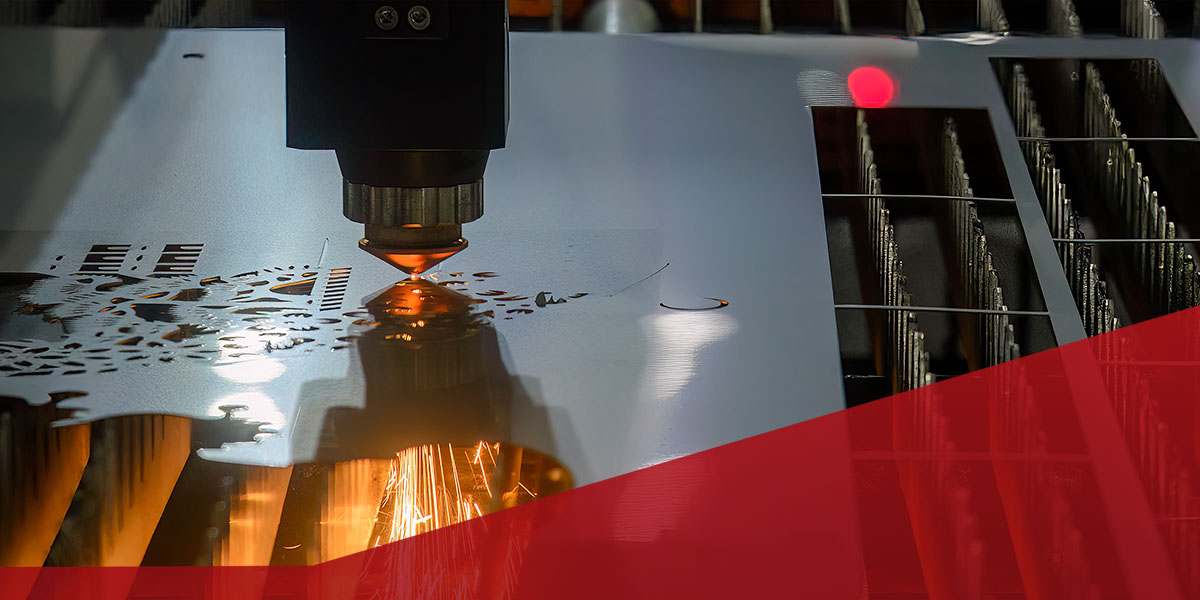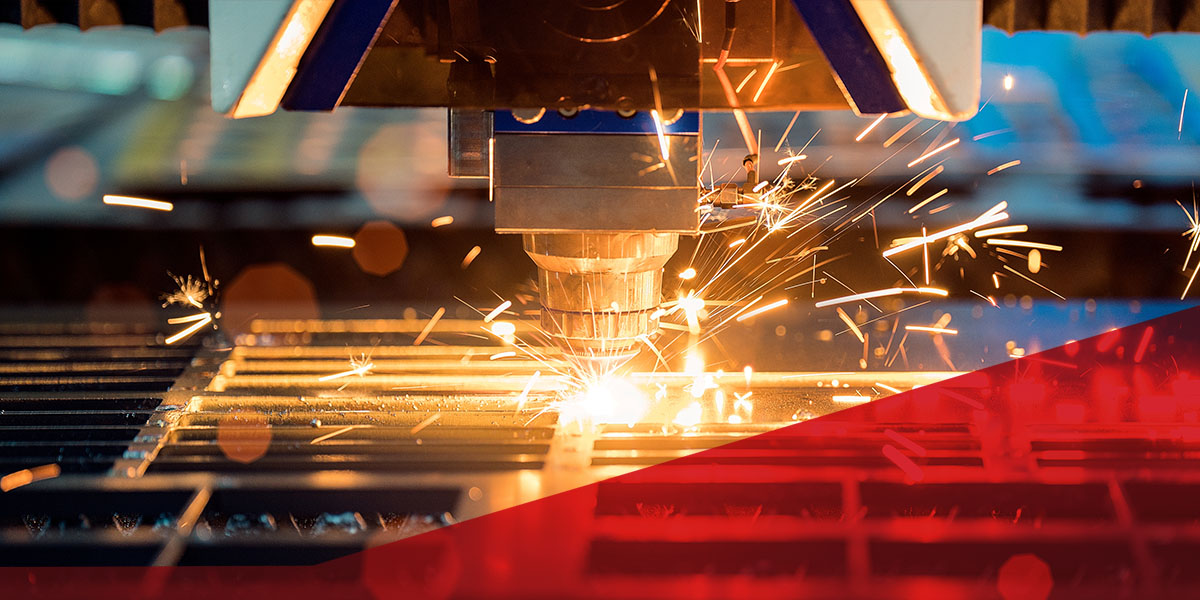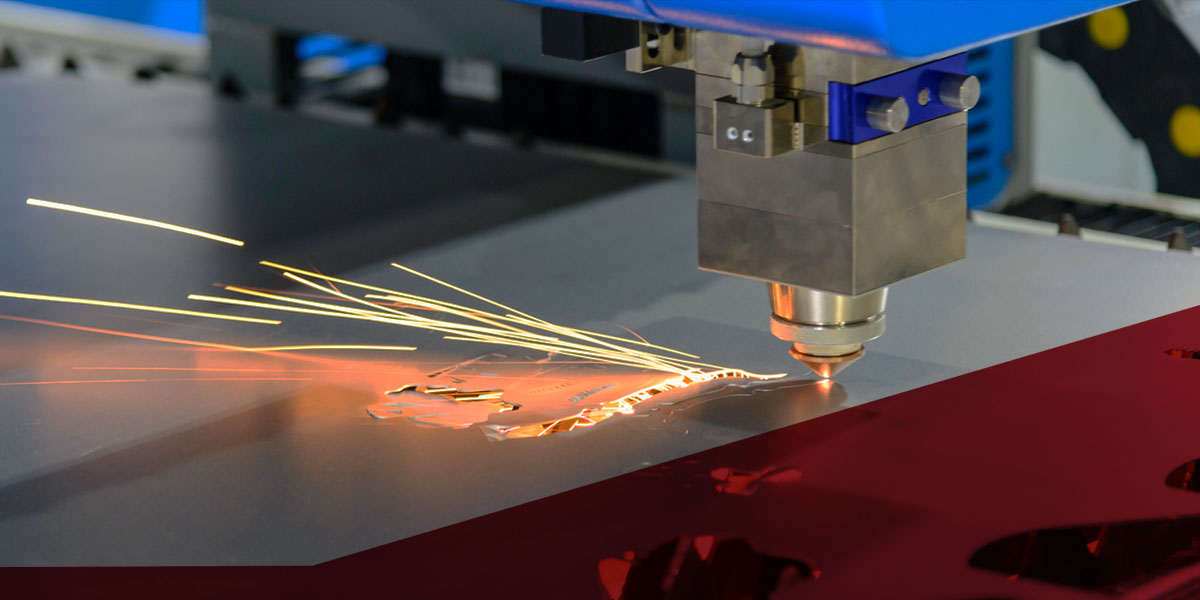Laser debris shields can play an incredible role in helping you meet both these essential requirements, helping ensure operators are secure while maintaining the equipment's integrity.
What Are Debris Shields?
Debris shields are protective covers or batteries that prevent unwanted materials like rocks, dirt and other small objects from damaging laser equipment. They're commonly used in laser systems, welding, industrial cutting, medical applications and other uses where moving parts or sensitive components need protection.
For example, let's say a factory uses laser cutting to slice through metal sheets. As the laser cuts, tiny pieces of that metal, including sparks and dust, begin flying around. Without a laser cutter shield, this debris could hit the lens or other sensitive parts and cause serious damage. However, by placing a laser debris shield right in front of the laser's lens, it now has a barrier to help keep the lens safe.
Benefits of Laser Cutting Debris Shields
There are several advantages to using shields in your manufacturing process. Some of the most important include:
- Equipment protection: The primary purpose of a debris shield is to protect sensitive equipment from damage caused by flying debris.
- Cost savings: Damaged equipment from debris can result in the need to replace or repair parts, resulting in costly downtime. Having a shield can help prevent or reduce the likelihood of this occurring.
- Extended equipment life span: In environments where cutting, welding or demolition occurs, all sorts of materials may fly around. Debris shields can play an essential role in improving worker safety by preventing injuries that could occur from debris impacts.
- Increased safety for workers: If debris were to hit or land on the wrong spot on a machine, it could cause the equipment to malfunction, possibly leading to accidents or injuries for workers. Having debris shields can act as a first line of defense for workers to help minimize the risk of accidents.
- Regulatory compliance: Many industries require companies to implement specific protective measures for their equipment and workers. Implementing laser debris shields can help an organization meet some of these requirements.
Types of Protective Components Used in Laser Systems
There are multiple components that all work to ensure laser systems' safety, including:
Debris Shields
Debris shields help protect equipment from damage, prevent operator harm and maintain a safe working environment. One of the most essential elements of these shields is quality materials. A well-built debris shield with strong durability is an asset for anyone working with a laser system.
FS Window
A fiber laser (FS) window is used in fiber laser systems to shield the laser's optics from contaminants and damage. This component helps maintain fiber laser performance, and any contamination or damage can lead to poor-quality work. By protecting the optics, the FS window helps to ensure consistent performance.
Protection Glass
The protection glass helps to shield sensitive machinery from damage and debris. It plays an important role in maintaining the equipment's longevity and functionality. Protection glass acts as a barrier by absorbing impacts that can result from debris and then preventing that debris from reaching the underlying equipment. It's designed with durability in mind to withstand the harsh conditions that will often face in different work environments.
Fiber Laser Protective Window
This component is placed in front of the optics of a fiber laser system. It primarily protects the sensitive components from contaminants such as dust and debris, which could interfere with the laser's performance.
The Technology Behind Laser Debris Shields
Multiple components work together to create laser debris shields. Some of these technologies include:
1. Active Monitoring Systems
Laser debris shields may feature tracking systems that use sensors to actively track debris and provide alerts to the operators. These systems can identify the speed, size and trajectory of the particles approaching. For example, in manufacturing environments, these sensors may be able to detect debris and trigger alarms if an object is approaching sensitive areas. This can allow your staff to take immediate action to protect the machinery and themselves from possible malfunctions and accidents.
2. Transparent Shielding Technology
For jobs involving cutting and welding, transparent shielding technology is necessary to allow operators the ability to see their work while providing protection. These transparent shields may have high-quality optical coatings to prevent distortion and laser-resistant materials that can withstand the high intensity of laser beams.
3. Impact-Resistant Designs
Many debris shields have specific structural features that enhance their ability to absorb impacts and prevent debris penetration. Some shields have multiple layers of various materials to help distribute impact and reduce the likelihood of damage.
When to Replace Laser Debris Shields
Knowing when to replace laser debris shields is essential to help maintain their effectiveness. Below are a few helpful tips to guide you on when to replace these shields:
- Manufacturer's recommendations: Manufacturers offer guidelines for servicing and replacing shields. Following these recommendations can help ensure safety and optimal performance.
- Loss of transparency: If your shields become discolored, cloudy or otherwise lose their transparency, this can impact the performance of the laser equipment and compromise safety.
- After significant incidents: When a shield has experienced numerous incidents, such as major debris impacts, it's best to replace it to restore its protective capabilities and prevent further damage.
- Reduced impact resistance: Debris shields are designed to absorb impacts, so if a shield starts displaying dents or deformations and shows signs of reduced impact resistance, it may be time for a replacement.
Let Alternative Parts, Inc. Help You Find the Right Shield
It's essential to select the most appropriate type of shield based on your specific operational needs and safety requirements. Carefully consider your needs and what shield will help you achieve efficiency, protection and safety regulations.
At Alternative Parts, Inc. (API), we provide our customers with debris shields made from quality materials to form a protective barrier and prevent equipment damage and worker harm. Our versatile debris shields can be used in various manufacturing industries, including aerospace, air conditioning and transportation.
If you're ready to add quality laser debris shields to your operations, API can help. Our complete product line has been designed and manufactured to OEM specifications. We also offer discounts of up to 70% to help you save and prioritize quality at the same time. To learn more about our products and services, request our latest catalog or contact our expert team today.


